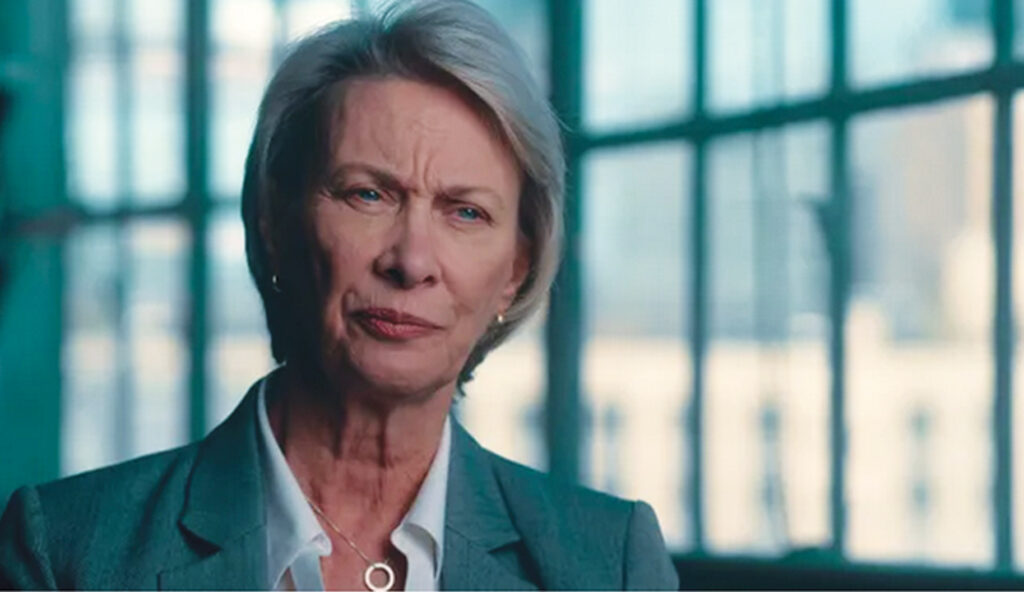
You don’t need to be a fan of Law & Order or its many spinoffs to appreciate creator Dick Wolf’s new documentary, Homicide: New York. His five-episode series features the real NYPD, members of law enforcement, some with colorful personalities, who spent decades solving New York City crimes. Beyond the many precincts of the NYPD, this presentation spotlights the special homicide squads who tackle the city’s most challenging crimes: Manhattan North and Manhattan South, two districts that divide at 59th Street. We revisit these stories through some of its now-retired detectives, medical examiners, and prosecutors, who recall the crimes, the investigations, and the court trials. “These are their stories.”
Homicide: New York is Dick Wolf’s second true-crime offering to the small screen, including his ongoing series, Cold Justice. The inspiration for this Netflix presentation seems multi-directional. On the one hand, the public has an insatiable appetite for novels, films, podcasts, and TV series about true crime, fictional crime, and sometimes a blend of both. Wolf’s Law & Order series, launched in 1990, used inspiration from the headlines to create their own stories. The scripts obeyed legal procedures, on the streets and in the courtroom. We can also appreciate that a 50-minute episode needed to solve its crime in about 12 screen minutes, in time to move the suspect into the courtroom for the second half of the episode. But as Homicide: New York reminds us, finding a real-life perpetrator can take days, weeks, months, and sometimes years, along with the search for evidence that will convince the jury.
Each of these five episodes features a past crime that some viewers might remember, such as “the Carnegie Deli massacre” of 2001. Yeah, sorry, the crimes are gritty. But the process introduces us to some memorable officers of New York’s Finest who worked the streets as far back as the 1980s. Their stories remind us that, in fact, homicide detectives do not grow thick skin. They are caring people who have to store their crime-scene reactions in their pockets so they don’t get distracted. (Yes, suppression has side effects, a topic for another day.) But make no mistake, their compassion is what drew them to law enforcement. The senseless death of an innocent person leaves an impression on every officer, every time. No one gets used to the task of informing the victim’s family their loved one was killed. As one detective explains, “Every single case takes a little piece out of your soul.” The one thing a detective can offer the family and the community is discovery: finding out who is responsible for the crime and taking them off the streets.
New York City native Irma Rivera, who grew up in the housing projects of Alphabet City, recalls Times Square in the 1970s as the seedy headquarters for pedophiles, peep shows, and prostitution. (Or as former NYC Death Investigator Barbara Butcher describes it, “It had color, it had life.”) Rivera joined the NYPD and later became a homicide detective for Manhattan South. Her associates remember her for her gift of optimism. In an interrogation, Rivera used the gentle approach with a soft, personal connection. She reached out to the suspect as a human being who happened to commit a crime. When she spoke to their sense of humanity, the suspect relaxed, and then let down their guard.
Another memorable officer is NYPD Homicide Detective Rob Mooney of Manhattan North. Mooney is a New York native whose six-foot-five presence and “I’ve-got-this” manner inspire confidence, while his Grateful Dead button never leaves his lapel, even when he takes the witness stand. As an investigator, Mooney boosted his odds by secretly mastering Spanish, which allowed him to overhear incriminating conversations that its Spanish speakers assumed were private.
The other possible prompt for this documentary is image, the perception of the NYPD. Let’s face it, America’s police force could use a boost. The public servants who uphold the law are not always appreciated. And those who behave dishonorably tarnish the reputation of the entire institution. That weighs as heavily on the public trust as it does on the police for the failure to deliver equality of the law. For the countless officers who serve us well, life on the streets is hard enough without the weight of those who don’t honor the badge. At the same time, this documentary might gently remind us that without our men and women in blue, our civilization would revert to the rule of the fastest draw, like the days of the Wild West. But even back in the 1800s, there were sheriffs and marshals and the Texas Rangers to track criminals and maintain order. We humans are like children; societies need supervision to maintain civility. So to all those in law enforcement who do their jobs well, thank you. We are inspired and grateful.
